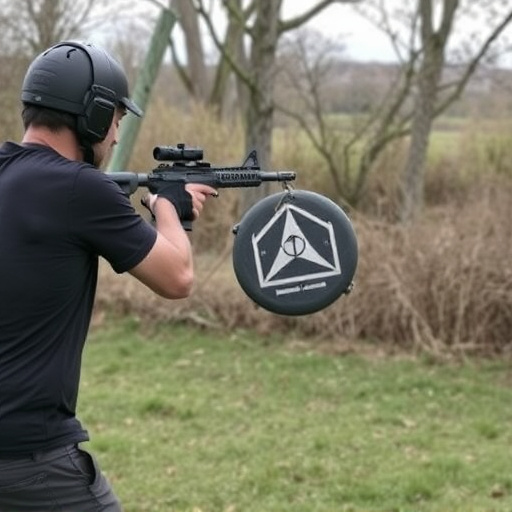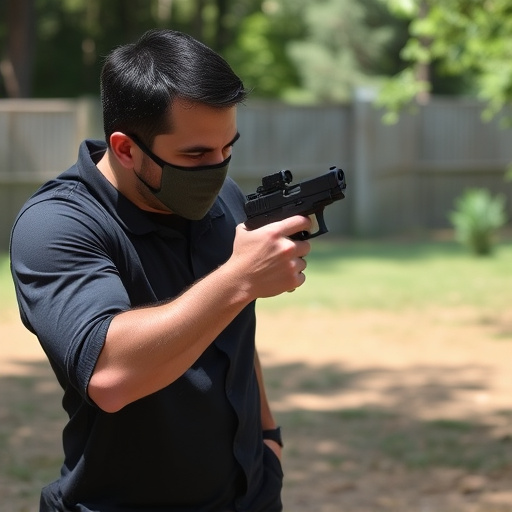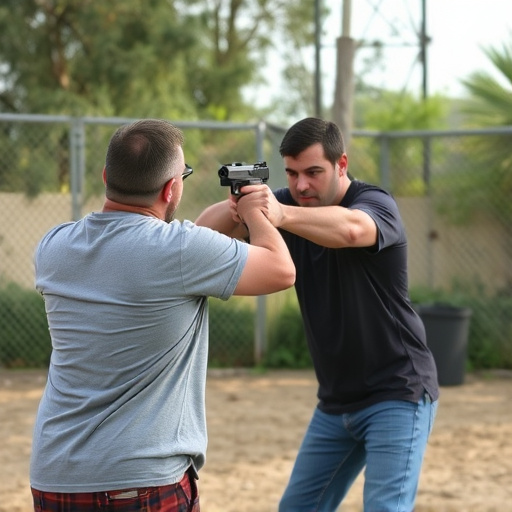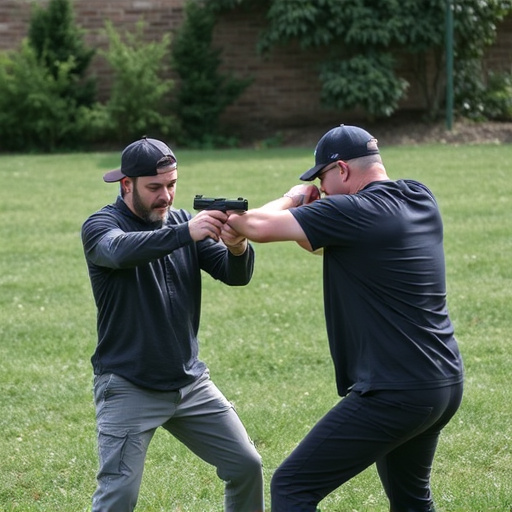Accidental discharges from stun devices pose significant risks, emphasizing the need for user education and responsible handling practices. Stun guns incorporate safety features like firm triggers and smart sensors to prevent accidental activations, with advanced innovations reflecting in their price range. Quality Assurance (QA) processes ensure these devices meet safety standards, reducing post-purchase issues. The cost of stun guns varies greatly, from affordable entry-level models to high-end units, each offering distinct features tailored to performance, reliability, and additional functions.
Accidental discharge of stun guns can have severe consequences, hence the need for robust prevention mechanisms. This article delves into understanding the causes and risks of accidental discharges, exploring the various safety features integrated into modern stun devices. We dissect the role of quality assurance in determining cost estimates while providing a comprehensive analysis of price ranges for effective stun guns, guiding users towards making informed decisions within their budget.
- Understanding Accidental Discharge: Causes and Risks
- Types of Stun Gun Safety Features
- The Role of Quality Assurance in Cost Estimation
- A Comprehensive Look at Price Ranges for Effective Stun Guns
Understanding Accidental Discharge: Causes and Risks

Accidental discharge, a potential hazard associated with stun devices, refers to an unintended activation leading to an unexpected jolt. This can occur due to various reasons such as mishandling, accidental pressure on the trigger, or even extreme environmental conditions. Given the potential risks, especially in public spaces, understanding these causes is crucial for adopting preventive measures. Stun guns, known for their portability and effectiveness, are increasingly common, but users must be aware of their devices’ sensitivities to avoid unwanted consequences.
The price range for quality stun guns varies widely, with factors like power output, design, and additional features influencing cost. Despite the investment, accidental discharge can lead to serious injuries or even legal repercussions if the device is used improperly. Therefore, users should prioritize education on safe handling practices, ensuring they understand their device’s activation mechanisms and safety features before carrying it in public.
Types of Stun Gun Safety Features

Stun guns, despite their purpose, come with various safety features designed to prevent accidental discharges, ensuring users’ safety and minimizing potential harm. One such feature is the tactical design, which often includes a trigger mechanism that requires a firm pressure to activate. This simple yet effective measure prevents accidental triggers, especially during vigorous handling or unexpected movements.
Additionally, many quality stun guns in the market today incorporate smart circuits and advanced technology to prevent unintended activations. These devices may have built-in sensors that detect body movement or impact, temporarily disabling the stun function until a consistent pressure is applied. Such innovations not only enhance safety but also provide users with peace of mind, especially when dealing with unpredictable situations. Moreover, the price range for quality stun guns reflects these advanced safety features, making them a reliable investment for personal security.
The Role of Quality Assurance in Cost Estimation

In the realm of accidental discharge prevention mechanisms, particularly with stun guns, Quality Assurance (QA) plays a pivotal role in cost estimation and overall product effectiveness. Rigorous QA processes ensure that each stun gun meets stringent safety and performance standards, thus minimizing the risk of unexpected discharges. This meticulousness is reflected in the price range for quality stun guns, which, while potentially higher upfront, guarantees longevity and dependable operation under various conditions.
The integration of QA measures significantly reduces post-purchase issues and potential returns, thereby offering cost savings in the long term. By scrutinizing every aspect of production, from material selection to assembly, manufacturers can deliver products that consistently perform as expected. This not only enhances user safety but also aligns with the growing demand for reliable personal defense devices, influencing the competitive dynamics within the market and shaping the price range for quality stun guns accordingly.
A Comprehensive Look at Price Ranges for Effective Stun Guns

Stun guns, also known as electroshock weapons, are designed to incapacitate an assailant temporarily through electric current. When considering the purchase of a stun gun for self-defense, one of the primary factors is cost—the price range for quality stun guns varies significantly. Entry-level models can be found for under $50 and offer basic functionality, suitable for those on a tight budget or seeking an affordable option for personal safety. However, as you move into mid-range models priced between $50 and $150, you’ll encounter devices with improved design, enhanced power output, and additional features like LED lights and longer battery life.
At the high end of the price range, stun guns can cost anywhere from $200 to over $500. These top-tier models boast advanced technology, including smart sensors, customizable settings, and powerful jolts capable of stopping an attacker. High-end stun guns often incorporate safety features like automatic shut-off mechanisms and durable construction, making them reliable choices for those who demand the best protection. The price range for quality stun guns reflects the varying levels of performance, reliability, and advanced features offered by each model.
Accidental discharge prevention mechanisms are essential components of any stun gun, ensuring user safety and preventing unintended consequences. As we’ve explored through this article, understanding the causes and risks of accidental discharges, familiarizing ourselves with various safety features, and considering quality assurance in cost estimation, we can make informed decisions when purchasing a stun gun within a suitable price range for quality devices. By prioritizing safety and quality, users can confidently deploy these tools while minimizing potential hazards.
